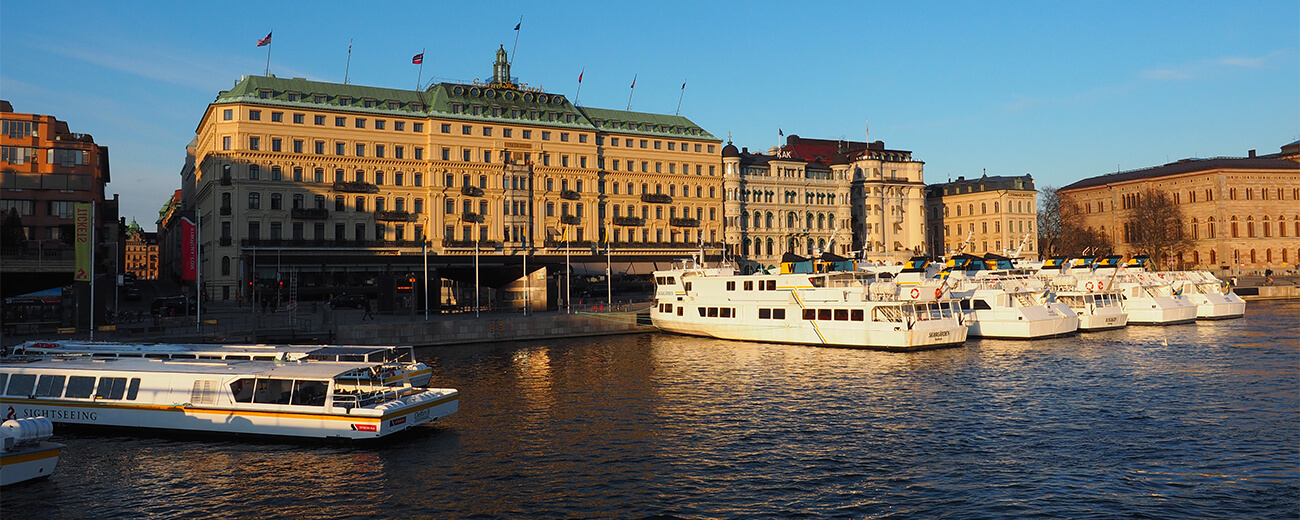Happiness lessons from Sweden
Sweden is ranked number 7 in the World Happiness Report (2019), which is below all other Scandinavian countries, but still in the world’s top 10.
Sweden shares the “happy” characteristics of other Nordic countries, such as ability of the Nordic model to create a framework for ‘the good life’; a safety net that creates security, free education, and a sensible balance of work and leisure time that allows people to enjoy both their work and their family life.
Are all Swedes happy? Of course not. Actually, more people are defined as suffering or struggling in Sweden than in the rest of the Nordic countries. There is a good report on “Unhappiness in Nordic Region” (In the Shadow of Happiness) http://norden.diva-portal.org/smash/get/diva2:1236906/FULLTEXT02.pdf, which shows that there are more people who are struggling (10.3%) or suffering (4.6%) in Sweden than in the rest of Nordic countries. These numbers are even higher for Swedish young women: 6.5% of women in the age of 16-24 report to be suffering and 13% are struggling. Adding these two figures gives 19.5% – almost 1 in 5 young women.
The report does not state clear reasons why young women are particularly unhappy, it just makes an assumption that it might be linked to depression and other mental health problems (I guess, possibly linked to the cold weather and long period of darkness). In general, the study has identified top five reasons for unhappiness throughout the region, which are: poor general health, poor mental health, income inequality, unemployment and limited social contact. Still Nordic countries (including Sweden) are doing much better than the rest of the world. So while 3.9% of people in the Nordic region may report scores so low they are classed as “suffering”, that level is as high as 26.9% in Russia and 17% in France.
I will not go into more detail about why Sweden is a bit less happy, according to the rating, than other Nordic countries. One reason might be the weak Swedish Krona (the worst performing major currency according to Bloomberg): https://www.bloomberg.com/news/articles/2019-02-19/sweden-s-krona-slumps-most-in-eight-months-after-inflation-slows, Sweden’s economic performance or simply their “Lagom” culture (see below for more details) which does not allow Swedes to boast about their happiness levels in general, are all factors that could be part of this lesser rating. In any case, Sweden is still the number 7 on the World Happiness Index (and even higher in some other reports, like OECD’s Better Life Index). When I asked locals during my visit, most of them described themselves as relatively happy (never exaggerating) 🙂
At that particular time, the two main things on the “happiness improvement” wish list were:


Here are my happiness lessons learnt from Sweden:
– Coffee consumption – Fika culture: having a coffee or two or three (Sweden is in top 10 most coffee-consuming countries of the world) with something sweet, like a cake or cinnamon or cardamom roll. Do you know that Sweden even has a National Cinnamon Bun Day (October 4th)? https://www.thelocal.se/20161004/six-sticky-facts-about-swedens-beloved-bun According to the Swedish National Food Agency, the average Swede eats on average 37 kg of added sugar a year! But they burn these kg away with plenty of exercise (usually outdoors).
– Nature connection/outdoor activities – very similar to other Nordic countries, Swedes love to spend time outdoors and more than half the population has a country house in natural surroundings where they enjoy berry and mushroom picking, fishing, canoeing, hiking, etc.
– Gender equality: I was amazed to see men commonly pushing baby strollers and going to interior design shops.
– Work-life balance: I had a meeting with a Swedish company and was surprised to see that office was completely empty on Friday, even before 4pm!
– Healthy, simple, natural, locally sourced food. Apart from all those coffee cups with cinnamon rolls, Swedes actually eat a very healthy, simple diet with a lot of fish and seafood (herring, salmon and crevettes) with potatoes. And of course, those famous Swedish meatballs with mashed potatoes. Deliciously simple comfort food.


20.11.2019



